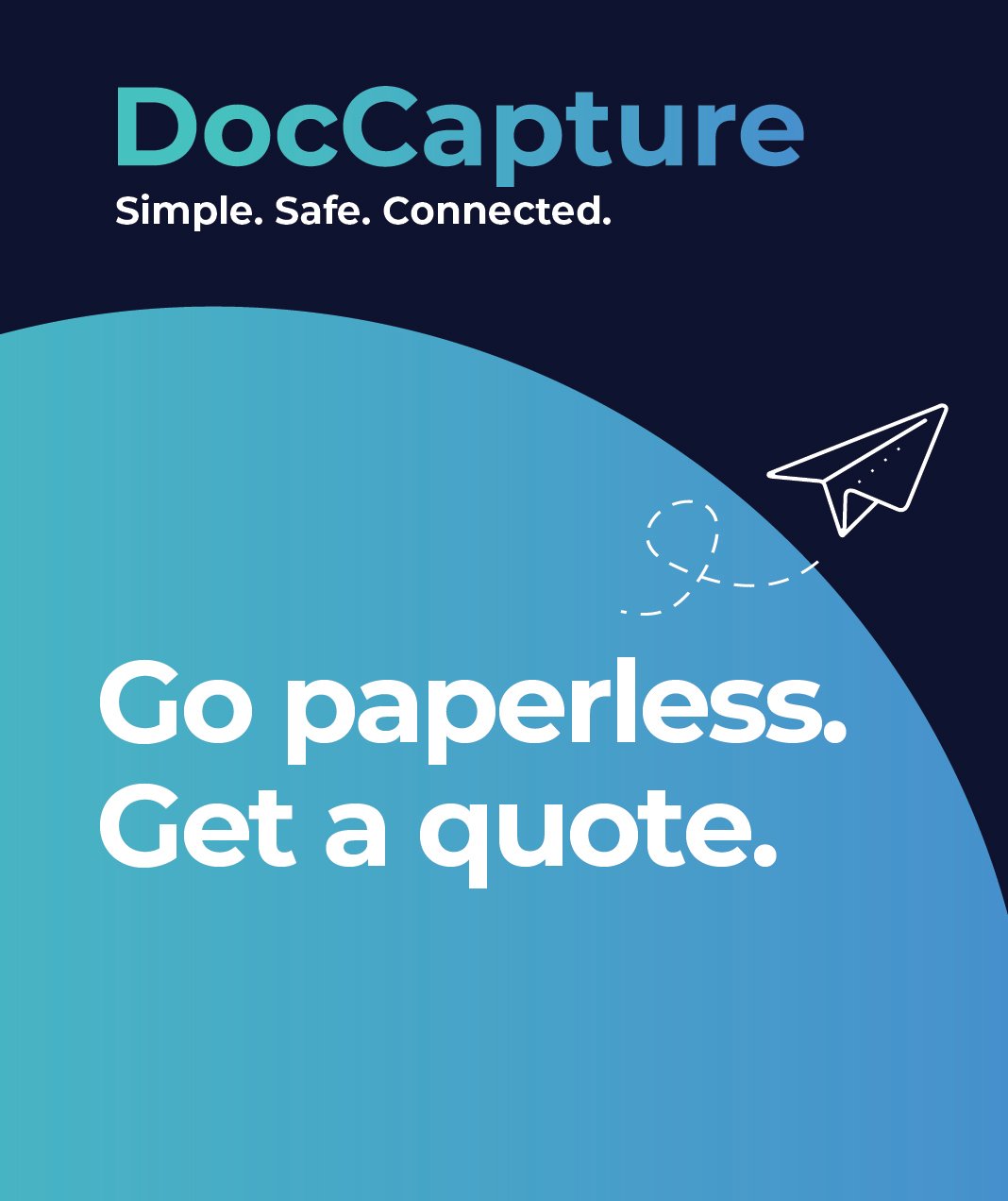Common Challenges Nonprofits Face
Nonprofits operate under constant pressure to do more with less. Here are some of the biggest roadblocks they face:
Managing Large Volumes of Paper Records
Grant applications, donor records, beneficiary files—paperwork stacks up fast. Searching for documents wastes valuable time, and storing them takes up space and money. Worse, lost or misfiled documents can create major compliance issues. Going digital with document scanning for nonprofits makes file management easier and more secure.
Compliance and Audit Readiness
Nonprofits must meet strict regulations for donor transparency, grant reporting, and financial audits. Keeping physical records organized can be a nightmare, especially when auditors request specific files. Digital document storage ensures all records are accurate, easy to retrieve, and protected from loss or damage.
Limited IT and Tech Resources
Many nonprofits lack a dedicated IT team, making it hard to implement new technology. Staff often rely on outdated systems that slow down workflows. Digital transformation doesn’t have to be complicated—modern solutions are user-friendly, cloud-based, and require minimal technical expertise.
Budget Constraints and Cost-Saving Pressures
Every dollar saved is a dollar that can go toward the mission. Printing, copying, and storing paper files is expensive. By going digital, nonprofits can significantly cut costs on supplies, storage, and administrative tasks, freeing up funds for programs and services.
Security and Data Protection Concerns
Nonprofits handle sensitive donor and beneficiary information. Paper files are vulnerable to loss, theft, or disasters. Digital solutions offer encryption, access controls, and automatic backups to keep data safe while ensuring compliance with privacy regulations.
How Digital Transformation Solves These Challenges
Technology can help nonprofits work smarter, not harder. By moving away from paper-based processes, organizations can save time, cut costs, and improve security. Here’s how:
Paperless Workflows & Efficiency Gains
Switching to digital document management eliminates the time wasted on searching through file cabinets. With scanned documents stored in a cloud-based system, staff can quickly access what they need from anywhere. This speeds up operations and allows teams to focus on their mission instead of paperwork. Scanning nonprofit records is a simple first step toward a more efficient workflow.
Improved Compliance & Audit Readiness
Digital storage ensures that donor records, grant applications, and financial reports are always organized and accessible. When an audit comes up, instead of scrambling through stacks of paper, organizations can pull up any document in seconds. This not only saves time but also reduces stress when reporting to donors, funders, or government agencies.
Cost Savings & Budget Adherence
Going paperless reduces expenses on printing, copying, and physical storage. It also minimizes administrative workload, allowing staff to focus on higher-value tasks. In the long run, digital transformation is an investment that leads to significant cost savings—helping nonprofits make the most of every dollar.
Enhanced Security & Risk Mitigation
Paper records can be lost, stolen, or damaged. Digital storage solutions offer encryption, password protection, and automated backups to ensure that sensitive information stays safe. Nonprofits can also control who has access to specific files, reducing the risk of data breaches.
By leveraging digital tools, nonprofits can streamline operations, save money, and improve compliance—all while keeping their focus on making a difference.
Overcoming Common Objections
Even with all the benefits, some nonprofit leaders hesitate to embrace digital transformation. Concerns about cost, complexity, and security are common—but they don’t have to be roadblocks. Here’s how to address them:
Addressing Budget Concerns
Many nonprofits worry that digital transformation is too expensive. But while there’s an upfront investment, the long-term savings are significant. Reducing paper, storage, and administrative costs quickly adds up. Plus, many document scanning and digital storage solutions offer nonprofit discounts. Moving to a paperless system isn’t just about cost—it’s about maximizing resources for greater impact. Learn how digital transformation helps nonprofits save money.
Easing the Transition for Staff
Not all nonprofit teams are tech-savvy, and change can feel overwhelming. The key is to start small. Begin with a document scanning project and introduce digital workflows gradually. Many solutions are designed to be user-friendly, with minimal training required. Once staff experience the efficiency gains, adoption becomes easier.
Security Reassurance
Some worry that moving files to the cloud means exposing sensitive data. In reality, digital solutions are often safer than paper. Cloud-based systems use encryption, multi-factor authentication, and automatic backups to protect information. Compared to the risks of lost or stolen paper documents, digital storage is a more secure option for donor and beneficiary data.
By tackling these concerns head-on, nonprofits can confidently embrace digital transformation and start seeing the benefits sooner.
Steps to Get Started with Digital Transformation
Getting started with digital transformation doesn’t have to be complicated. By taking a step-by-step approach, nonprofits can transition smoothly and see immediate benefits.
Conduct a Document Audit
Before digitizing, assess what documents your nonprofit handles daily. Identify what needs to be scanned, what can be archived, and what can be eliminated. Prioritizing critical records—such as donor files, grant applications, and financial reports—helps streamline the process.
Choose a Document Scanning and Management Solution
Once you know what needs to be digitized, selecting the right document scanning and management solution is key. Look for a system that offers:
- Secure cloud storage
- Easy search and retrieval
- Access controls to protect sensitive information
- Integration with existing tools (like donor management software)
DocCapture’s document scanning for nonprofits provides a simple, secure way to digitize records and improve efficiency.
Train Staff and Ensure Seamless Adoption
Change is easier when staff feel supported. Provide simple training sessions to show how digital workflows improve their daily tasks. Encourage questions and start with small wins—such as scanning incoming documents instead of filing paper copies.
Measure Impact and Efficiency Improvements
Once the system is in place, track key improvements. Are staff spending less time searching for documents? Have storage costs decreased? Are compliance reports easier to generate? These insights can help refine processes and demonstrate the value of digital transformation to stakeholders.
By following these steps, nonprofits can make the transition to digital smoother, more efficient, and less stressful.
Conclusion
Nonprofits work hard to make a difference, and digital transformation makes that work easier. By moving away from paper-based processes, organizations can save time, cut costs, and improve security—all while staying compliant and audit-ready.
The best part? You don’t have to overhaul everything at once. Start small with document scanning, introduce digital workflows gradually, and watch as your nonprofit becomes more efficient and effective.
Ready to take the next step? Fill out our "get a quote" form to learn how DocCapture can help your nonprofit streamline operations and maximize impact.



